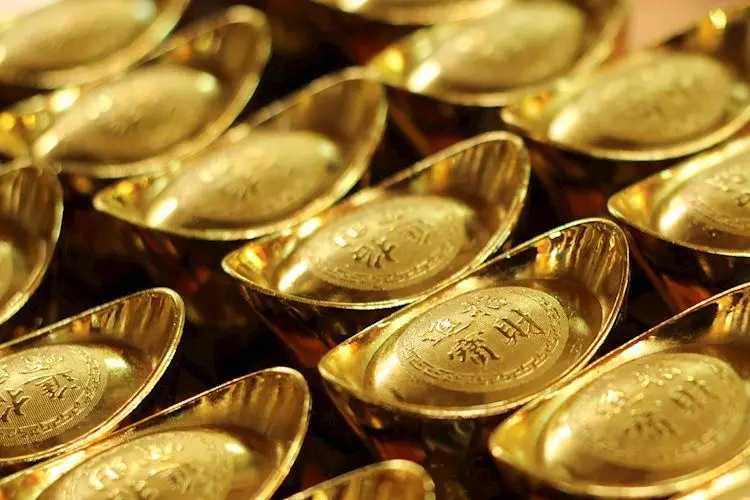Recent trading sessions have shown an upward trajectory for gold prices in Saudi Arabia, indicating a growing sentiment among investors. On a notable Tuesday, the price surged to 318.09 Saudi Riyals (SAR) per gram, an increase from the prior day’s 317.09 SAR. When considering the tola, a traditional measurement in the region, gold prices similarly rose from 3,698.45 SAR to 3,710.13 SAR. These figures highlight not only the fluctuations in gold prices but also the influence of global market dynamics on local rates, as changes are largely affected by fluctuations in international prices adapted to the USD/SAR exchange rates.
Throughout history, gold has transcended its use as mere adornment. Its significance as a store of value has been well-documented across civilizations. Today, gold is heralded primarily as a safe-haven asset. In times of financial uncertainty and geopolitical turbulence, investors flock to gold, seeking refuge from the volatility of other financial instruments. This tendency underscores an essential attribute of gold: it is viewed as a safeguard against inflation as well as currency devaluation. Unlike fiat currencies, which derive their value from governmental authority, gold possesses intrinsic worth that is largely universal, thus attracting both individual and institutional investors.
Moreover, gold functions as a hedge against inflation. When central banks print excessive amounts of money or when inflationary pressures mount, the purchasing power of cash diminishes. In contrast, the historical paradigm shows that gold typically maintains or even increases its value during such economic upheavals, making it an attractive proposition for maintaining wealth.
Central banks play a pivotal part in the global gold landscape. In their quest to bolster national economic strength and confidence, many central banks have augmented their gold reserves, leading to an unprecedented accumulation in recent times. Data from the World Gold Council reveals that central banks added an astounding 1,136 tonnes of gold to their reserves in 2022, marking a record high for annual purchases. This trend primarily involves emerging economies such as China, India, and Turkey, which are amassing gold to diversify their reserves and mitigate risks associated with volatile currencies and foreign reserves.
Such strategies are not merely focused on personal or national interests; they represent a bigger picture of economies striving for stability. High gold holdings are often seen as a reflection of a nation’s financial reliability and its ability to withstand economic shocks. As central banks continue to accumulate gold, they reinforce its status not only as a commodity but as an integral pillar of economic fortitude.
The relationship between gold and other financial assets is complex, exhibiting notable inverse correlations. Notably, gold tends to move in opposition to the US dollar and US Treasuries, both regarded as cornerstone safe-haven assets. When the dollar weakens, gold prices often rise due to its role as an alternative store of value. This trend becomes pronounced in periods of economic uncertainty where risk assets decline, propelling demand for gold. Conversely, robust market rallies often lead to diminished gold prices as investors pour funds into equities, drawn by prospects of higher returns.
External factors such as geopolitical tensions or looming recessions can significantly influence gold prices, provoking substantial price escalations as investors seek shelter. Additionally, the absence of yields on gold means that low-interest rates favor its appeal, while increased borrowing costs can exert downward pressure on prices.
As financial landscapes continue to shift, the enduring allure of gold remains apparent. Its storied history as a symbol of wealth, combined with its modern-day status as a safe-haven asset, reinforces its vital position in both individual portfolios and national strategies. For investors, understanding market dynamics, interest rate environments, and the behaviours of central banks will be crucial to navigating gold investments wisely in the current economic climate. The yellow metal will undoubtedly remain an essential element in the ever-evolving tapestry of global finance.

